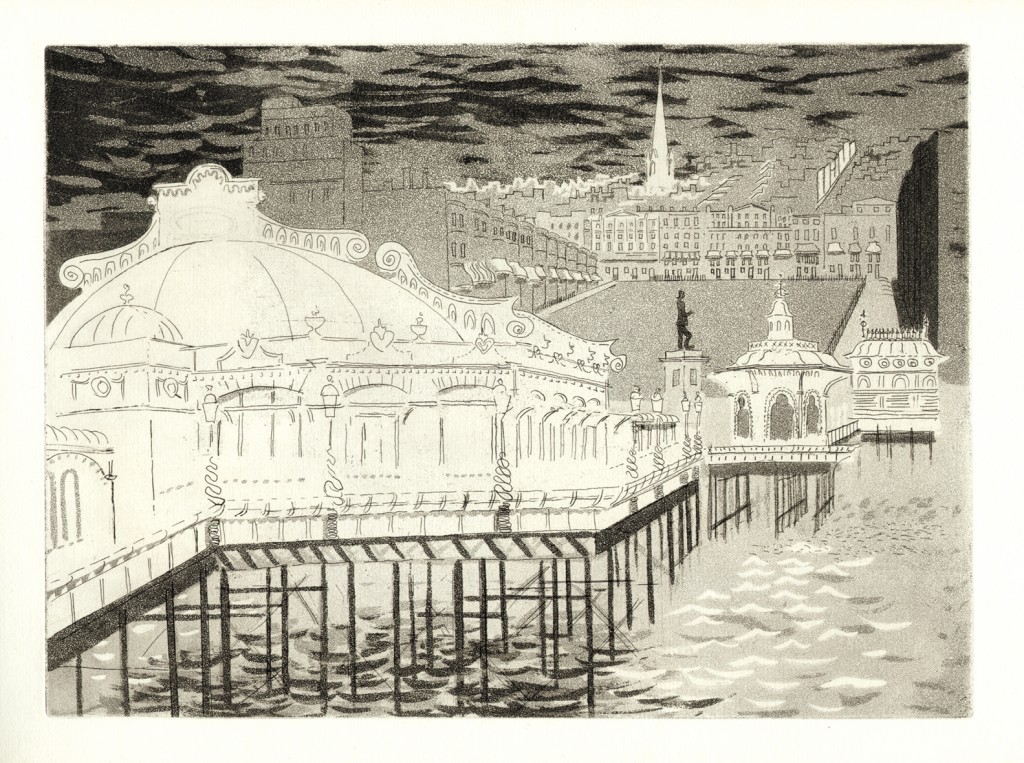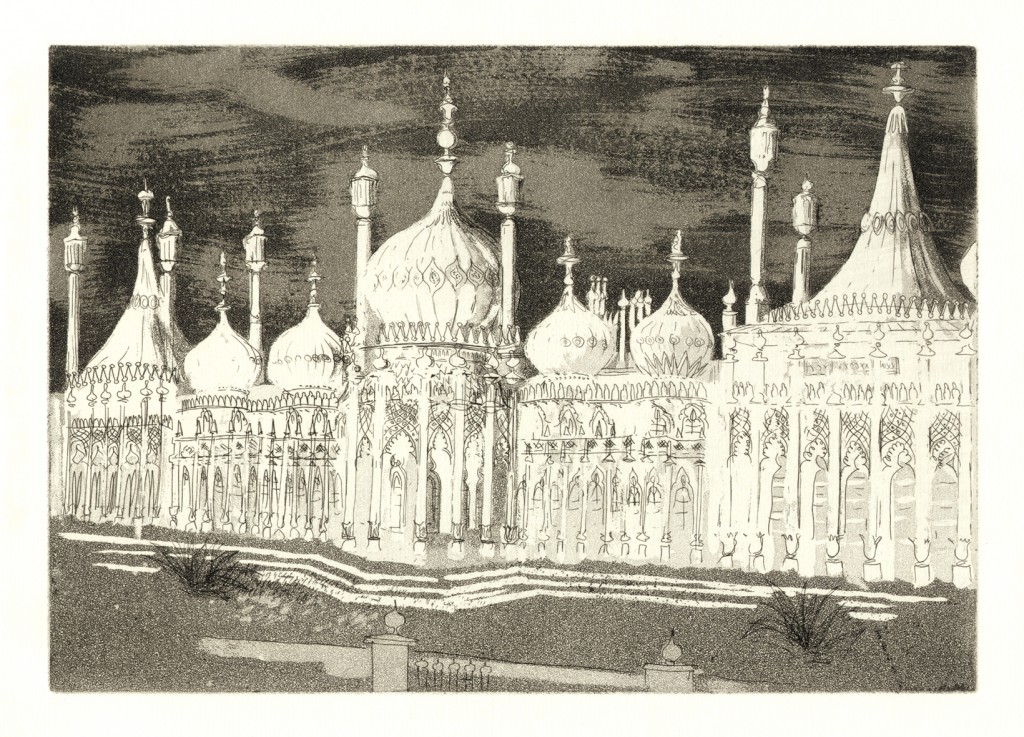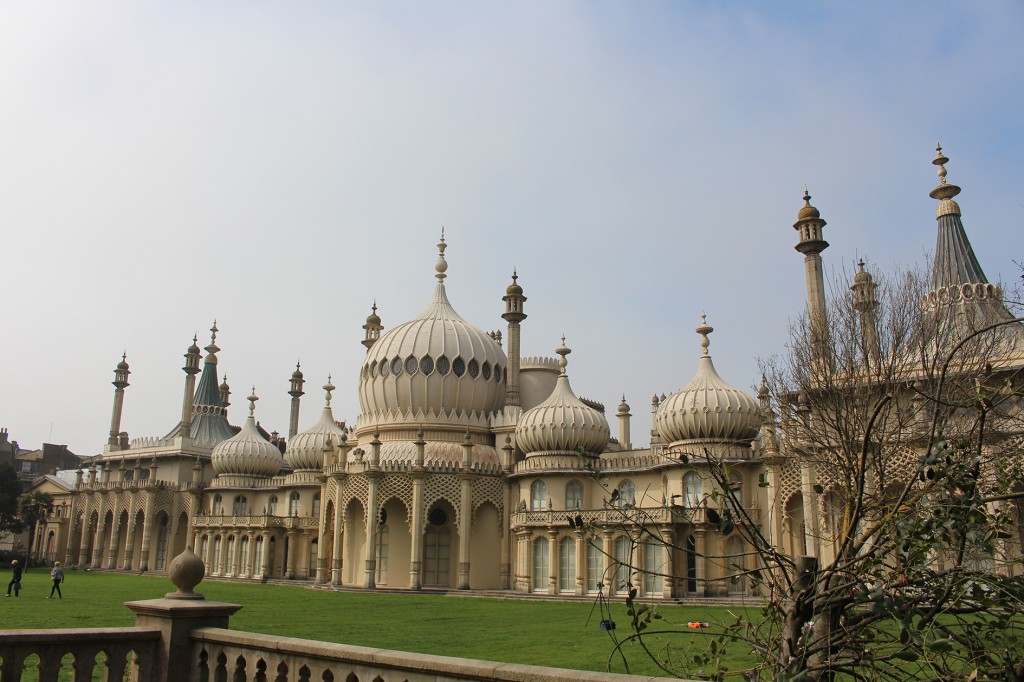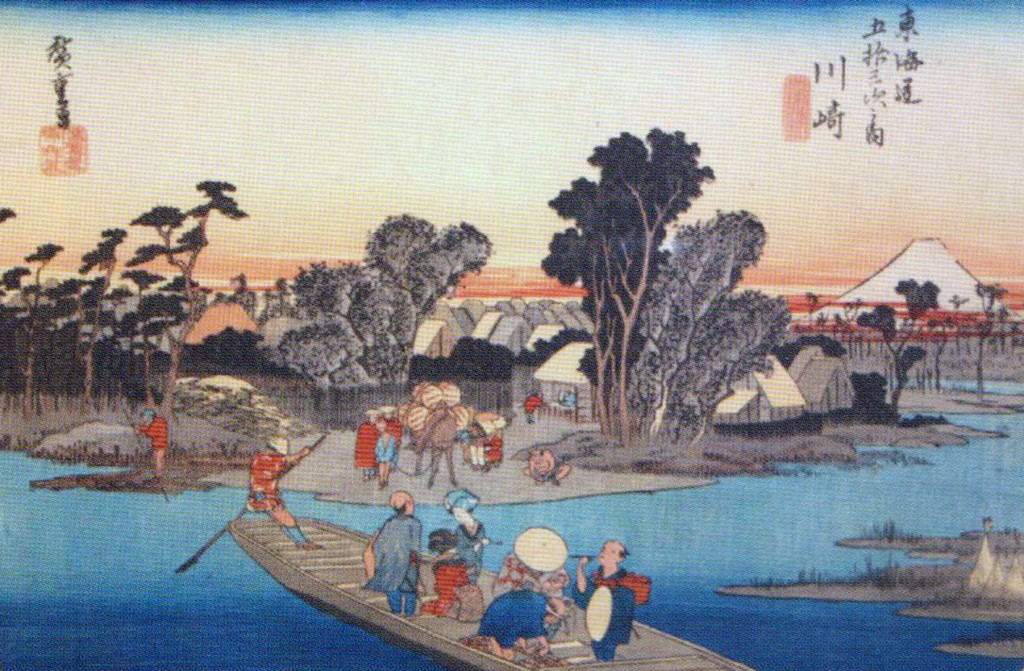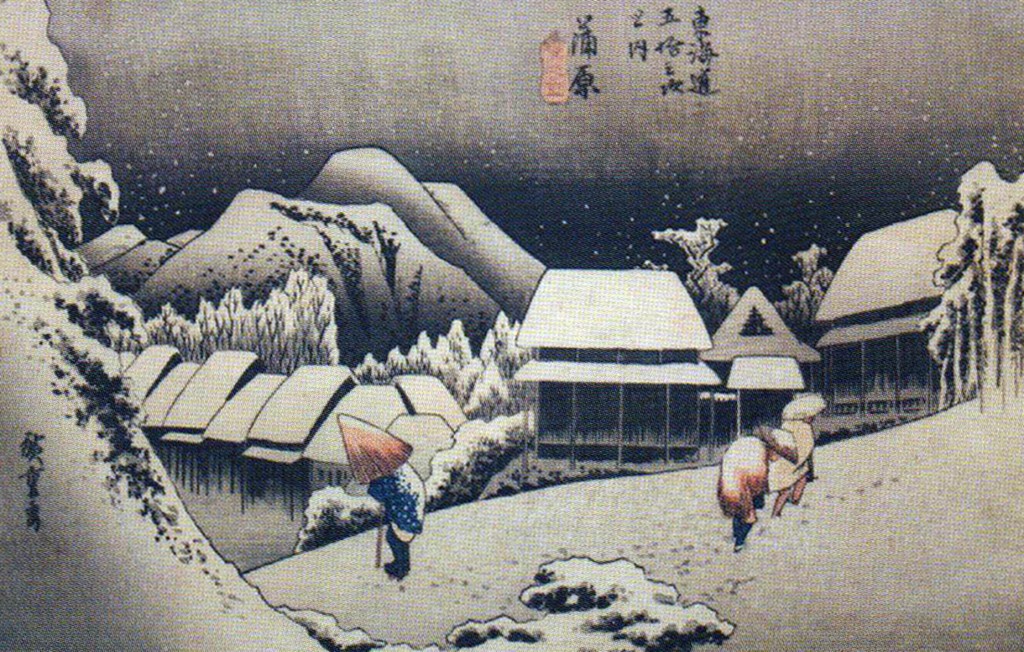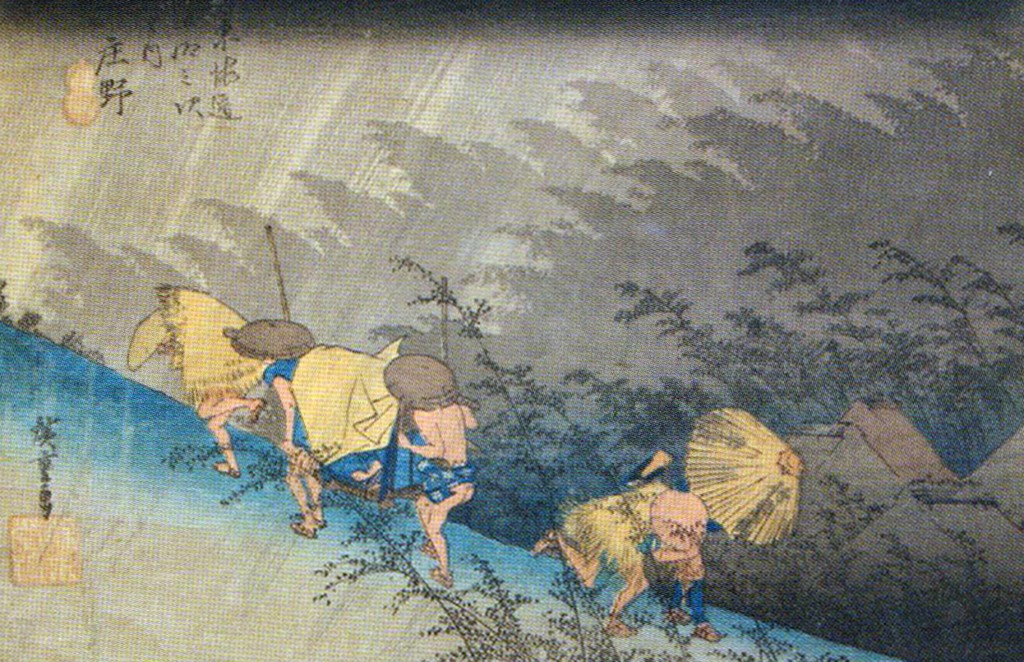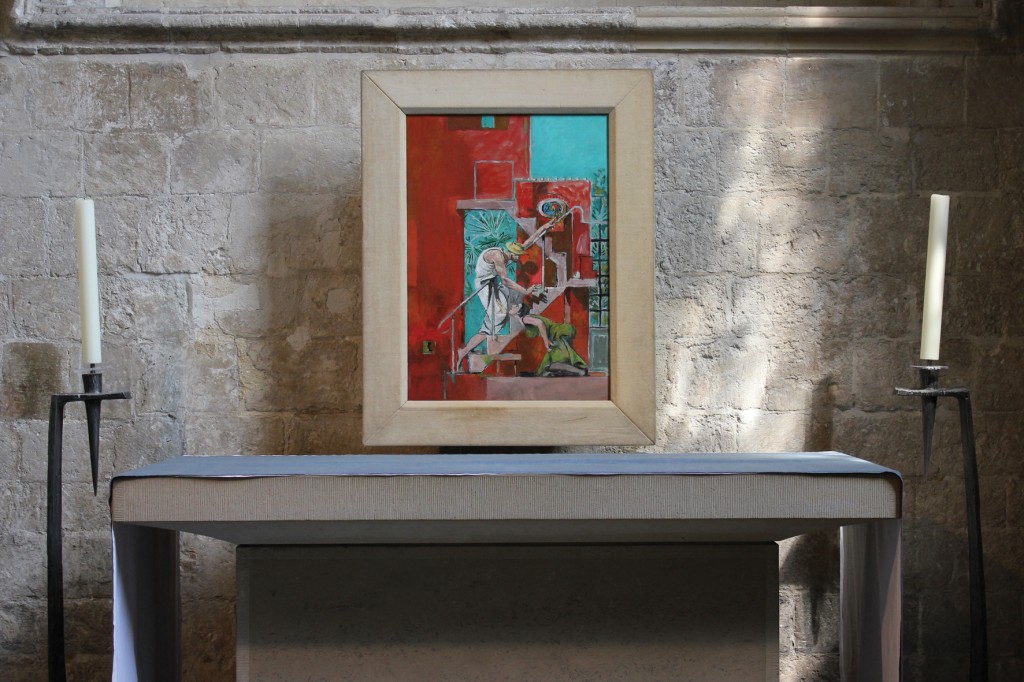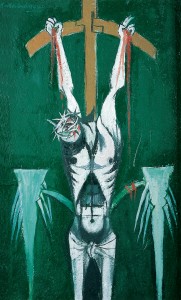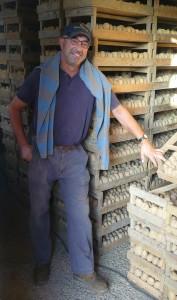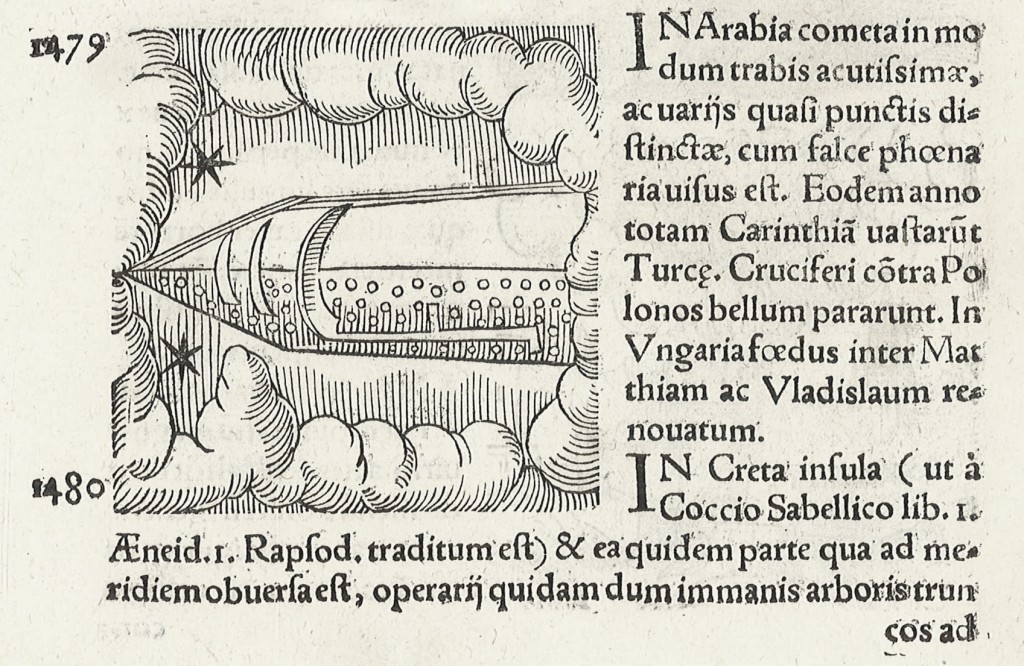
With the second teaser trailer coming out for the forthcoming Star Wars movie we couldn’t resist a tenuously-linked blog post!
The above woodblock illustration is not from a galaxy far, far away but in fact from a copy of Prodigiorum ac ostentorum chronicon by Conrad Wolffhart (1518-1561). The book was printed in Basel by Heinrich Petri circa August 1557 – so still a long time ago! According to the text it actually depicts a comet flying over Arabia in 1479, but conspiracy theorists could argue this is the earliest printed image of a spaceship. The resemblance is beyond doubt.
Wolffhart’s work includes a number of woodcut illustrations and is an encyclopaedic anthology of weird and wonderful curiosities and natural wonders. Represented are other comets, including Halley’s comet, but also prodigies, portents and monsters. The scene of frogs raining down from the sky gracing the front cover of the printed catalogue is also from this volume. The book is offered as Lot 3134 in Toovey’s Specialist Book Auction on 21st April 2015 and carries a pre-sale estimate of £400-600 and specialist Nicholas Toovey states “due to the condition we have rightly been cautious with the estimate but expectations could be exceeded due to the interesting nature of the book.” Perhaps the Force will be strong with this one!
Here at Toovey’s we are all eagerly awaiting the release of the movie in December but until then this will have to do…
